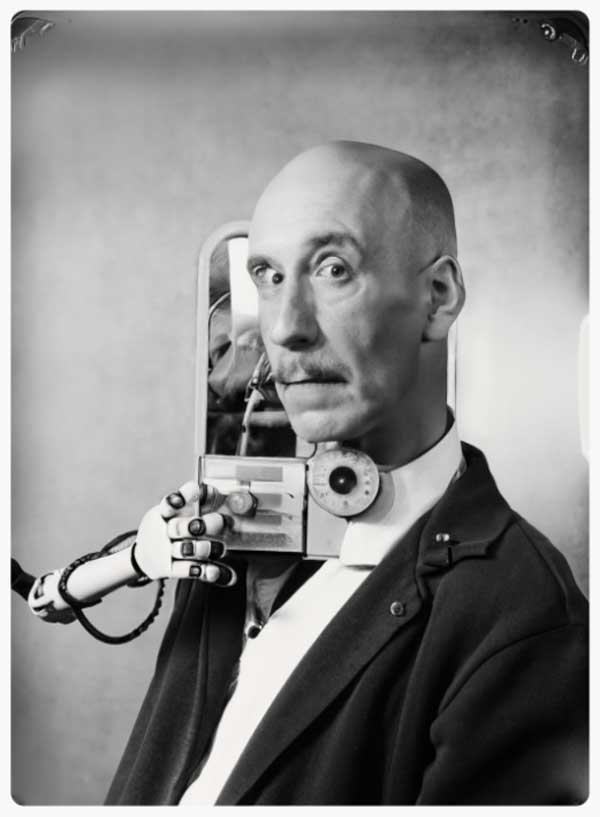
“Evolve or die” is a pertinent concept for creative artists, especially in the context of technology and AI. As technology advances, it significantly impacts the creative landscape, presenting both opportunities and challenges for artists. Those who embrace technological advancements and adapt their creative processes can thrive, while those who resist or ignore these changes may struggle to remain relevant or reach their audience effectively.
Here’s how “evolve or die” applies to creative artists and their apprehension about technology, particularly AI, over time:
1. Embracing AI as a Tool for Creativity: AI has become a powerful tool for artists across various disciplines, from visual arts to music, writing, and more. Artists who understand the capabilities of AI and integrate it into their creative processes can enhance their work, unlock new possibilities, and create innovative and compelling content. For example, visual artists can use AI algorithms to generate unique designs or music composers can experiment with AI-generated musical elements.
2. Rethinking Creative Roles: AI’s involvement in the creative process challenges artists to reconsider their roles and find new ways to collaborate with the technology. Instead of perceiving AI as a threat, artists can view it as a collaborator, using its abilities to augment their own skills and push creative boundaries.
3. Personalization and Audience Engagement: AI-driven technologies can analyze data and provide insights into audience preferences, helping artists tailor their work to better resonate with their target audience. Artists who utilize AI-driven analytics can gain a deeper understanding of their fans, leading to increased engagement and broader appeal.
4. Addressing Ethical Concerns: With AI-generated content becoming more sophisticated, artists might grapple with ethical considerations. They need to discern when and how to incorporate AI into their work while preserving their unique artistic voice and avoiding plagiarism or copyright infringement issues.
5. Exploring New Art Forms: AI opens up new possibilities for creating art in unconventional ways, such as interactive installations, virtual reality experiences, or generative art. Artists who embrace these emerging forms have the chance to redefine artistic expression and connect with audiences in novel and exciting ways.
6. Navigating the Digital Landscape: The rise of AI has fundamentally changed the way art is consumed and distributed. Artists need to adapt to digital platforms, social media, and online marketplaces to reach broader audiences and find new revenue streams.
7. Continual Learning and Skill Development: Technology evolves rapidly, and artists must stay informed about the latest trends and advancements to remain competitive. Continuous learning and skill development are essential to leverage AI effectively and maintain relevance in the ever-changing creative landscape.
In conclusion, “evolve or die” urges creative artists to be proactive in embracing technological advancements like AI. By doing so, they can enhance their creative processes, reach wider audiences, and remain relevant in an increasingly digitized world. The key is to strike a balance between the potential of AI as a creative tool and preserving the uniqueness of the artist’s vision and expression. By adapting and evolving alongside technology, creative artists can thrive and continue to make meaningful contributions to their respective fields.